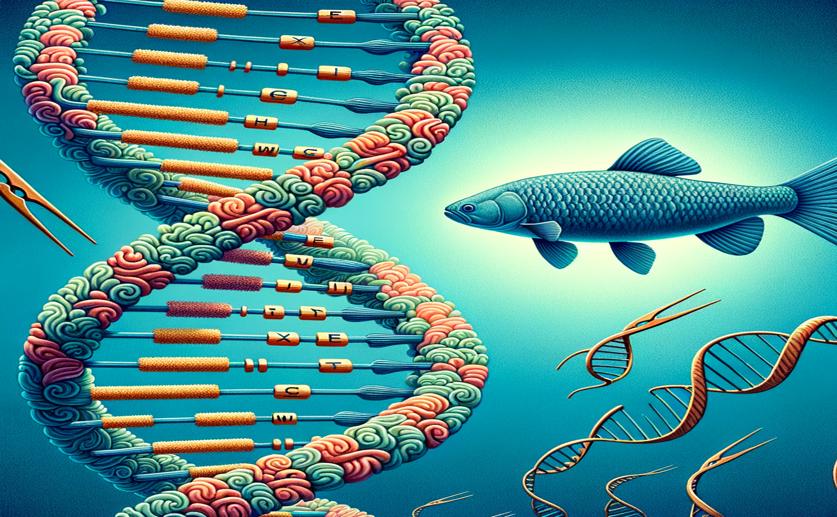
Understanding DNA Patterns and Evolution in Fish Chromosomes
Greg Howard
31st May, 2024

Image Source: Natural Science News, 2024
Key Findings
- The study by the National Amazon Research Institute focused on the chromosomal evolution of Neotropical freshwater fish in the Ctenoluciidae family
- Researchers found that repetitive DNA sequences, like microsatellites and transposable elements, play a key role in the chromosomal evolution and diversification of these fish
- The study suggests that these repetitive sequences may also be involved in the early stages of sex chromosome differentiation in the Boulengerella species
GeneticsAnimal ScienceEvolution
References
Main Study
1) Chromosomal mapping of repetitive DNA and retroelement sequences and its implications for the chromosomal evolution process in Ctenoluciidae (Characiformes)
Published 30th May, 2024
https://doi.org/10.1186/s12862-024-02262-x
Related Studies
2) The karyotypes and evolution of ZZ/ZW sex chromosomes in the genus Characidium (Characiformes, Crenuchidae).
3) An intriguing relationship between teleost Rex3 retroelement and environmental temperature.
4) Microsatellite landscape evolutionary dynamics across 450 million years of vertebrate genome evolution.



 13th April, 2024 | Jenn Hoskins
13th April, 2024 | Jenn Hoskins